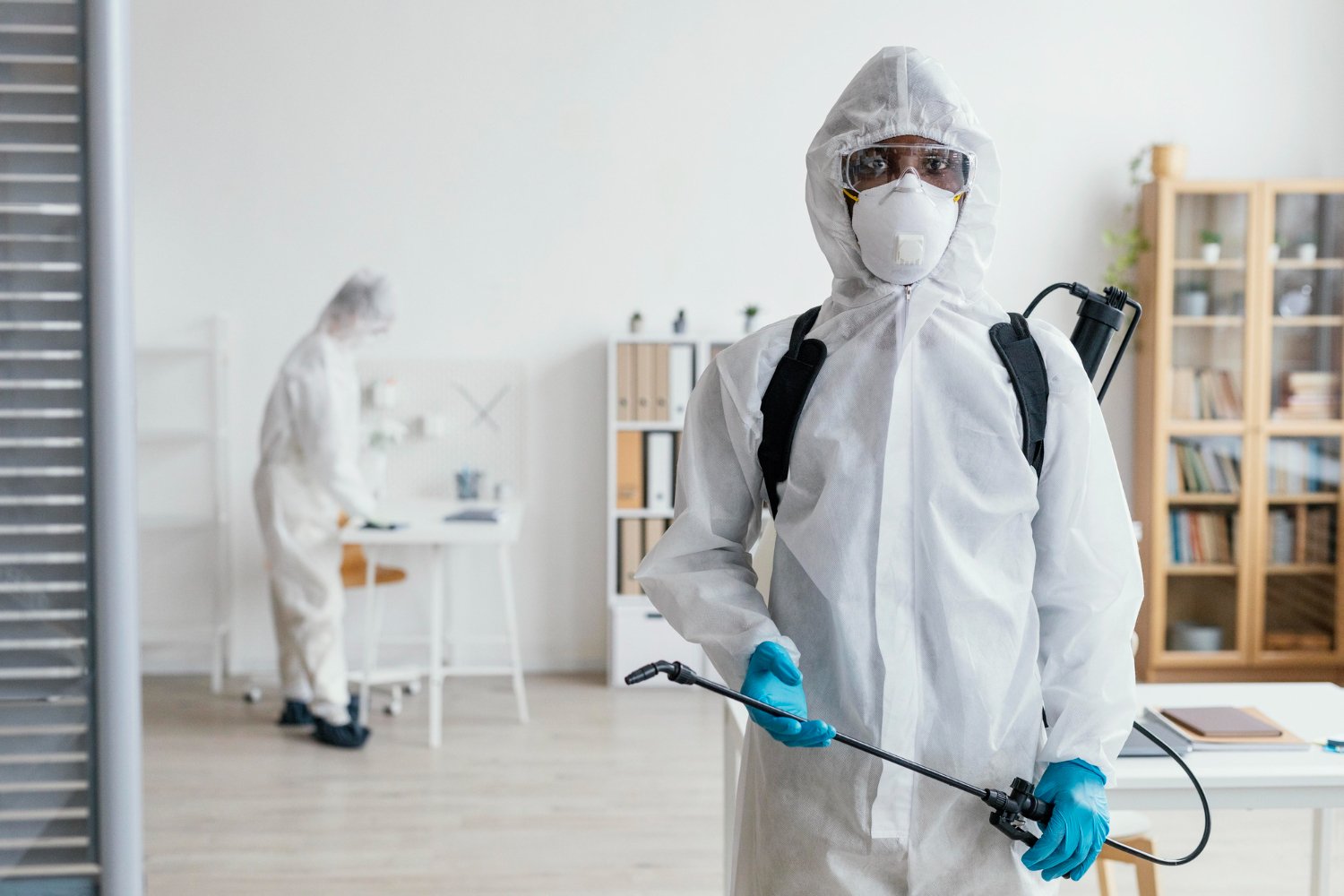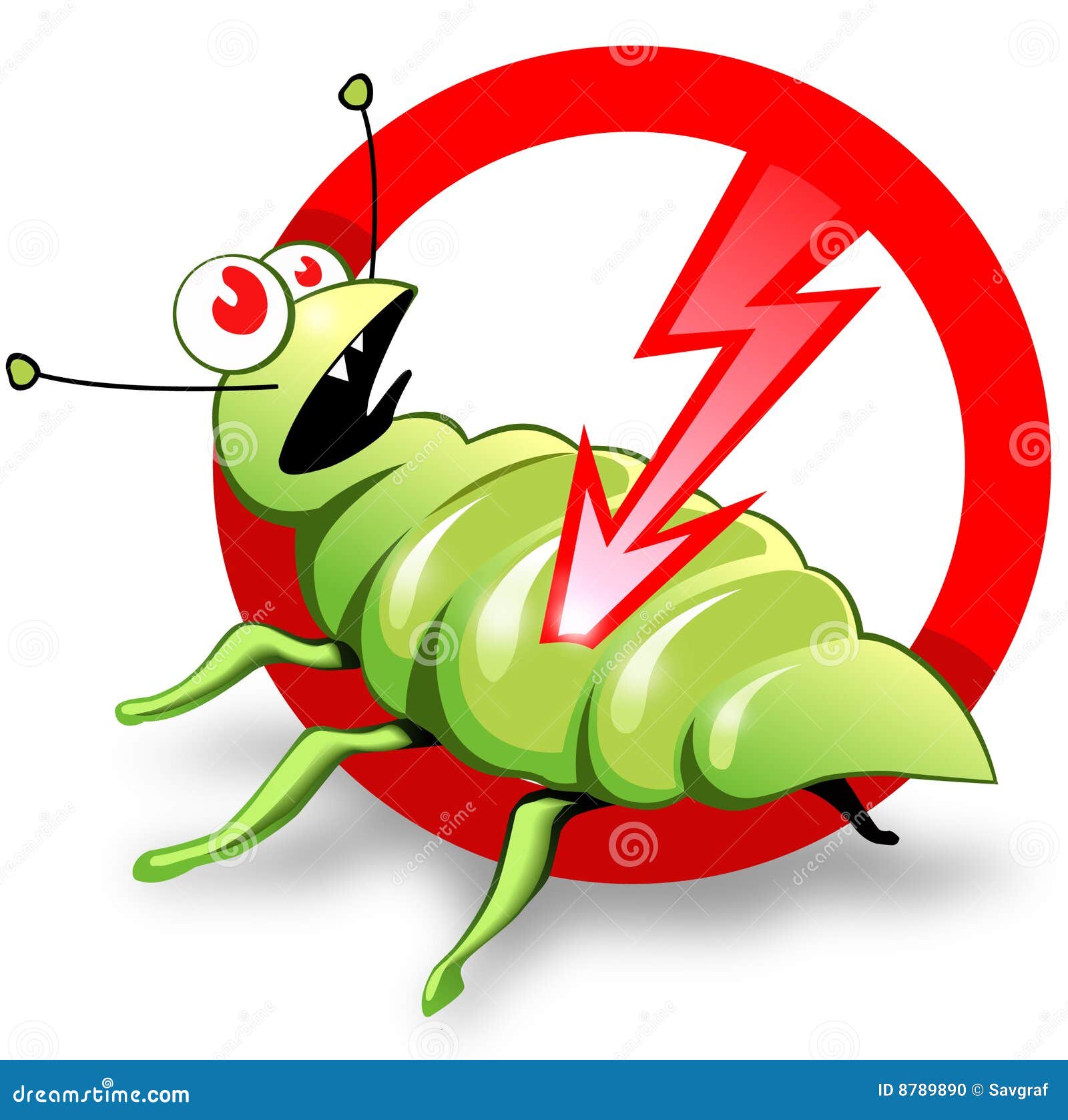Reliable Pest Control for a more comfortable living space.
Eco-Friendly Bug Control Approaches for Taking Care Of Wildlife in Urban Areas
Urban locations frequently discover themselves at the junction of human task and wildlife, causing one-of-a-kind challenges in bug monitoring. Environmentally friendly strategies emphasize lasting coexistence, utilizing techniques such as environment adjustment and natural repellents to minimize human-wildlife conflicts. These strategies not just protect the atmosphere yet also boost neighborhood engagement in wild animals administration. As urban populaces proceed to grow, understanding the characteristics of wildlife communications becomes significantly critical. What ingenious approaches can be implemented to make sure both eco-friendly balance and metropolitan safety and security? Discovering this inquiry discloses an engaging landscape of possible remedies.
Understanding Urban Wild Animals Dynamics
Understanding Urban Wildlife Characteristics is essential for creating reliable and green bug control techniques. Urban locations are progressively becoming environments for various wild animals types, driven by factors such as environment fragmentation, food accessibility, and human advancement. Acknowledging these characteristics enables a nuanced method to pest management that lines up with ecological concepts.
Urban wildlife often consists of species such as raccoons, squirrels, and birds, which adjust to city atmospheres, finding particular niches in eco-friendly rooms, parks, and even houses. Their presence can bring about conflicts with human beings, particularly when they manipulate human resources for food and sanctuary. Understanding the habits and ecological functions of these varieties notifies methods that reduce negative communications while advertising biodiversity.
Additionally, acknowledging the interdependencies within city environments assists in determining essential locations for habitat conservation and repair. This knowledge adds to the advancement of integrated bug management (IPM) methods that consider the environmental equilibrium, thus minimizing reliance on dangerous chemicals. By cultivating coexistence between people and metropolitan wild animals, cities can develop much healthier environments that benefit both citizens and neighborhood communities, leading the means for sustainable metropolitan living.
All-natural Repellents and Deterrents
All-natural repellents and deterrents provide a lasting alternative to traditional bug control methods by utilizing the power of nature to maintain undesirable species away. These eco-friendly solutions usually make use of plant-based active ingredients, crucial oils, and other normally taking place substances that deter pests without damaging the setting.
One efficient natural repellent is peppermint oil, which is known to fend off rodents and pests. Its solid fragrance is unpleasant to many parasites, making it a preferred selection for city setups. In a similar way, vinegar and citrus peels can function as deterrents, as their solid smells are commonly uninviting to numerous wild animals.
In addition, diatomaceous earth is an all-natural powder that can be spread out in locations susceptible to parasite activity, efficiently dehydrating and hindering bugs without presenting dangers to non-target varieties. Furthermore, garlic sprays and neem oil are recognized for their ability to ward off a variety of pests, including both pests and bigger wild animals.
Executing these natural repellents not just minimizes reliance on chemical pesticides but additionally promotes a healthier city ecological community, cultivating a much more well balanced conjunction in between people and wildlife. By using these methods, city locations can efficiently manage pest populaces while lessening ecological effect.
Environment Alteration Methods
Reliable habitat alteration methods play a crucial role in sustainable bug management by modifying the setting to make it much less for pest problems. By comprehending the ecological dynamics of metropolitan areas, helpful hints home proprietors can carry out critical alterations that deter pests while promoting biodiversity.
(Flea control Port Charlotte)One main strategy includes keeping correct hygiene. This consists of regular waste removal, securing trash bins, and getting rid of standing water to minimize reproducing websites for bugs and rodents. Furthermore, landscape design techniques such as selecting native plants can improve environmental equilibrium, giving habitats for helpful organisms while reducing sources for pests.
One more crucial strategy is to secure entrance factors in buildings. Inspecting and repairing cracks in foundations, wall surfaces, and home windows can considerably minimize bug accessibility. Moreover, developing physical obstacles, such as fences or plant buffers, can prevent wildlife movement into human-inhabited areas.
Integrated Insect Administration Practices
Structure upon environment alteration strategies, incorporated bug monitoring (IPM) techniques provide a holistic approach to controlling parasite populaces while decreasing ecological impact. IPM incorporates different approaches, including organic, cultural, mechanical, and chemical controls, to attain efficient pest monitoring.
Biological control entails the intro of all-natural killers or bloodsuckers to lower bug populaces. Cultural techniques, such as plant turning and sanitation, interfere with pest life process and decrease their habitats - Pest Control. Mechanical controls, like traps and barriers, offer immediate relief from bug stress without chemical intervention
Chemical controls are used as a last resource, focusing on targeted applications that limit damage to non-target varieties and the environment. The choice of eco pleasant pesticides, when essential, is integral to the IPM structure. Additionally, monitoring parasite populaces and analyzing prospective damages assists notify decision-making, making certain that treatments are timely and effective.
Neighborhood Participation and Education

(Honey Bee Relocation)Workshops and informative sessions can gear up locals with expertise about native species, habitat preservation, and effective non-toxic bug monitoring strategies. Partnership with colleges, local companies, and federal government companies additionally enhances instructional outreach, making certain that vital details gets to diverse target markets.
Furthermore, community-led initiatives, such as community clean-up days and environment restoration tasks, not only advertise biodiversity but also strengthen community connections. Pest control service. By motivating locals to share their experiences and observations, areas can establish targeted techniques that address certain regional insect issues
Including comments from residents right into pest monitoring prepares makes it possible for a much more responsive and flexible approach to wild animals difficulties. Inevitably, notified and engaged neighborhoods are essential to attaining long-lasting success in green insect control, resulting in healthier metropolitan environments that value both human and environmental needs.

Verdict
Finally, environment-friendly pest control comes close to deal sustainable solutions for taking care of urban wild animals. By prioritizing environment modification, using all-natural repellents, and executing incorporated pest administration techniques, neighborhoods can cultivate a harmonious coexistence with neighborhood fauna. Moreover, involving residents with education and learning enhances recognition and motivates responsible wild animals interactions. Ultimately, these methods not just safeguard biodiversity but also promote ecological wellness, making sure metropolitan locations continue to be vibrant communities where people and wildlife prosper with each other.